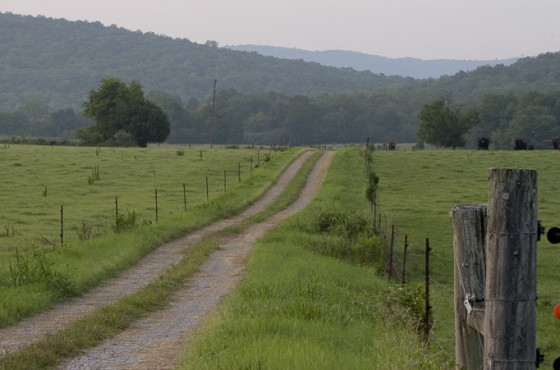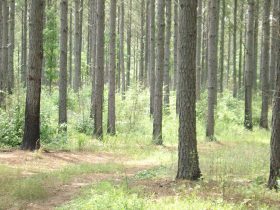


How to Buy Rural Land – 7 tips
After 35 years in the rural land business we’ve had the chance to see the smart moves and mistakes people make when buying rural land. So, we’d like to share some hard-won experience with you on how to buy rural land.
1. Be clear on why you want to own land . . .development, building a home, hunting land, farming, investment . . . all good uses of land but each requiring land with different features. For example, if you plan to live on the land, then legal physical access and proximity to public services is important. Be clear on your intentions so you can focus your rural land search.
2. Look at lots of deals . . . just like with any other purchase, you’ll find a better buy if you shop around. And for first-time buyers, shopping forces you to explore. So, you’ll learn more about where you want to own and what sort of land you really want. Be patient, and remember that land deals are like Greyhound buses . . . there’ll be another one along soon.
3. Know land values . . . having some facts makes decision making faster and easier, and lets you estimate rural land prices. So study actual sale data. Get an appraisal, retain a real estate professional or go to the courthouse yourself. Otherwise your estimate of fair value will be shaped by coffee shop talk and what sellers ask for their land – famously bad guides for fair pricing.
4. Be careful with debt. . . land and timber investments rarely earn the monthly payment. And, your cash may be needed for other matters. Finding the right balance of cash and debt is important when you are considering buying a large asset such as land so talk to your financial advisers.
5. Examine the title . . . a title abstract gives you a legal history of the property. It identifies any unresolved claims of others in the land (that long-lost cousin in Australia with a 1/64th interest), and informs you of the limits to your rights as the new owner (the rights of the power company who have a transmission line across the property).
6. Examine the property . . . get a topographic map and walk the lines looking for fences, markings and corners. It’s a rough check on the acres and the best way to discover boundary disputes or adverse use of the land by others (an aerial photo is another good, cheap way). If there’s timber involved, get an independent estimate of value and logging feasibility.
7. Think about re-selling NOW . . . if you buy land, the day will come to sell. So when you start learning about how to buy land also read up on how to sell land. Thinking about that day now and make a better buying decision. Whatever seems like a problem for you now will likely be a problem for future buyers too. And remember that land is famously slow to sell. You’ll pay dearly if you need to get your money out in a hurry.

Featured Blog Posts

Conservation Easements – the good and the bad
Conservation easements are a tool landowners can use to raise…
Read More

How Not To Sell Timber
Decisions of how and when to sell timber are difficult…
Read More
- Archives
- October 2021
- July 2018
- December 2017
- June 2016
- January 2015
- December 2014
- September 2014
- May 2014
- January 2014
- November 2013
- October 2013
- August 2013
- July 2013
- June 2013
- May 2013
- March 2013
- December 2012
- October 2012
- September 2012
- August 2012
- July 2012
- June 2012
- May 2012
- April 2012
- October 2011
- September 2011
- Categories
- Featured
- News
- Opinions
- Real Estate
- Timber
- Trends
- Uncategorized